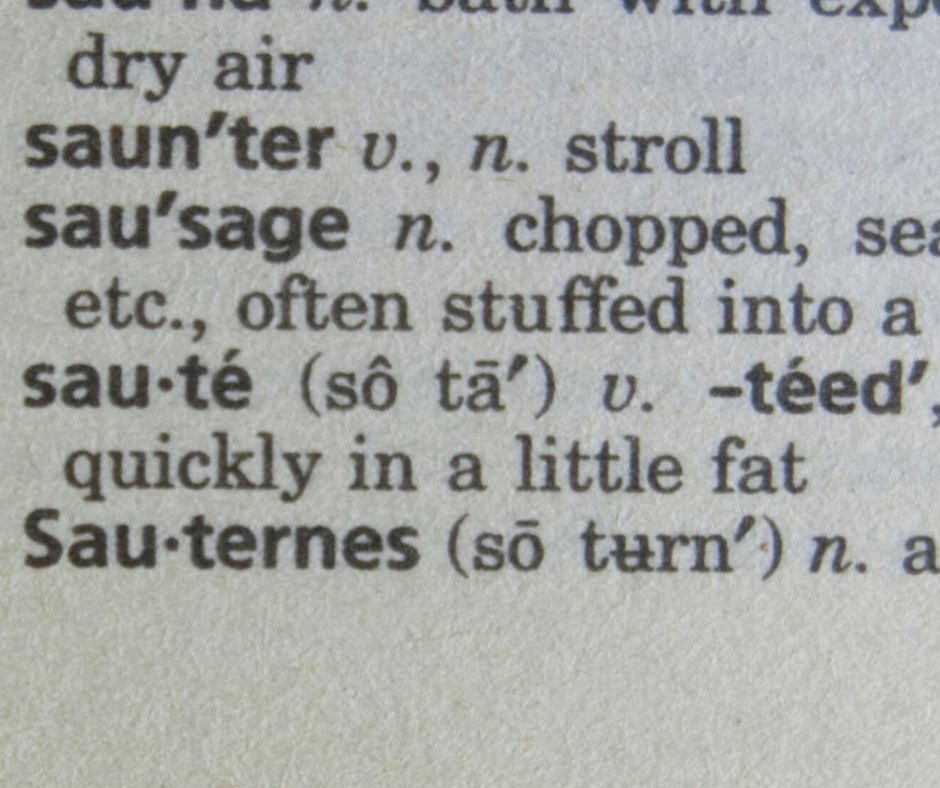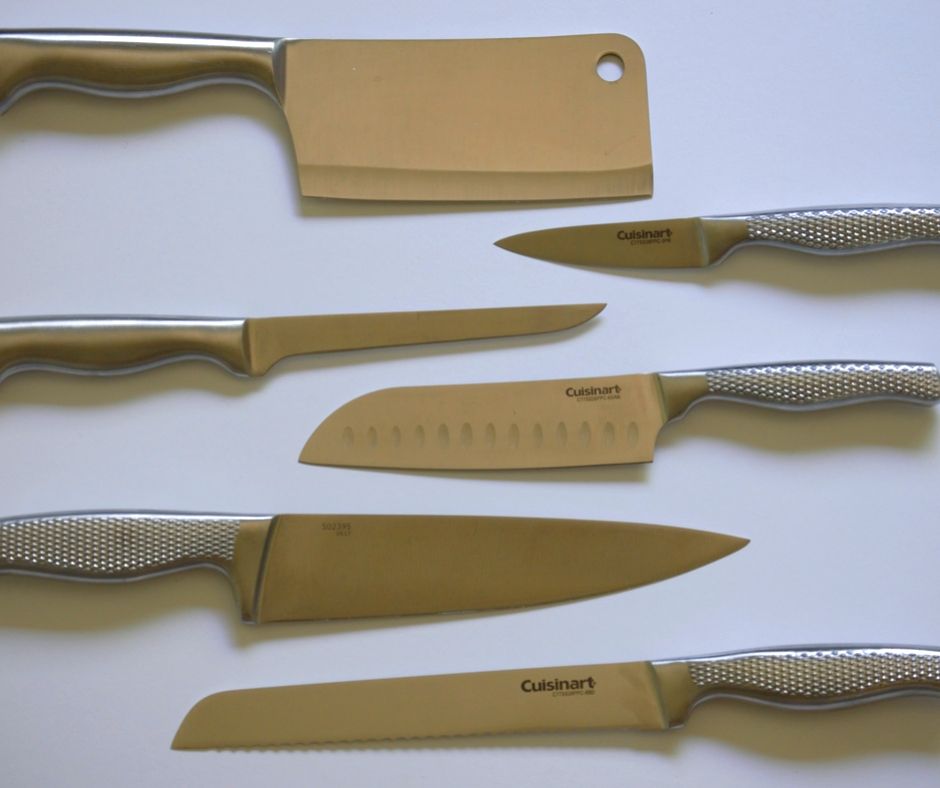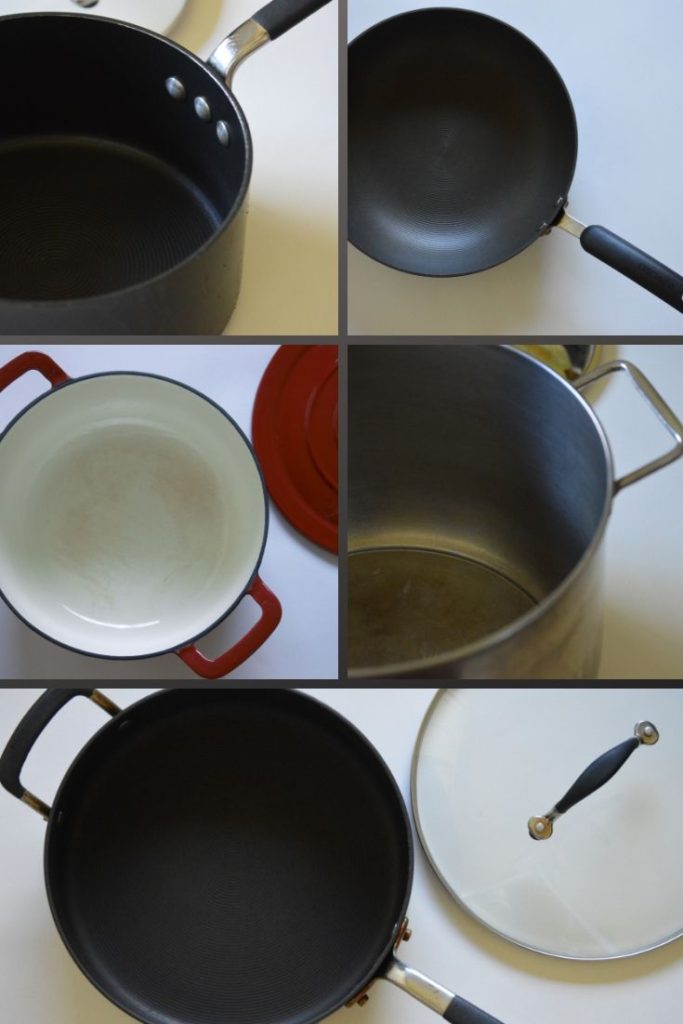
Hello class and welcome back to another installment in our Cooking 101 series. Today is part two of our lessons on cookware, and if you haven’t already check out part one then I highly recommend you do so before reading on. In our first lesson, we discussed the common anatomy of cookware and the advantages and disadvantages of the different materials used in their construction. Today however we are going to discuss the different types of cookware that I consider “must-haves” for any home kitchen. So if you’re ready then let’s get to it!
Frying Pan
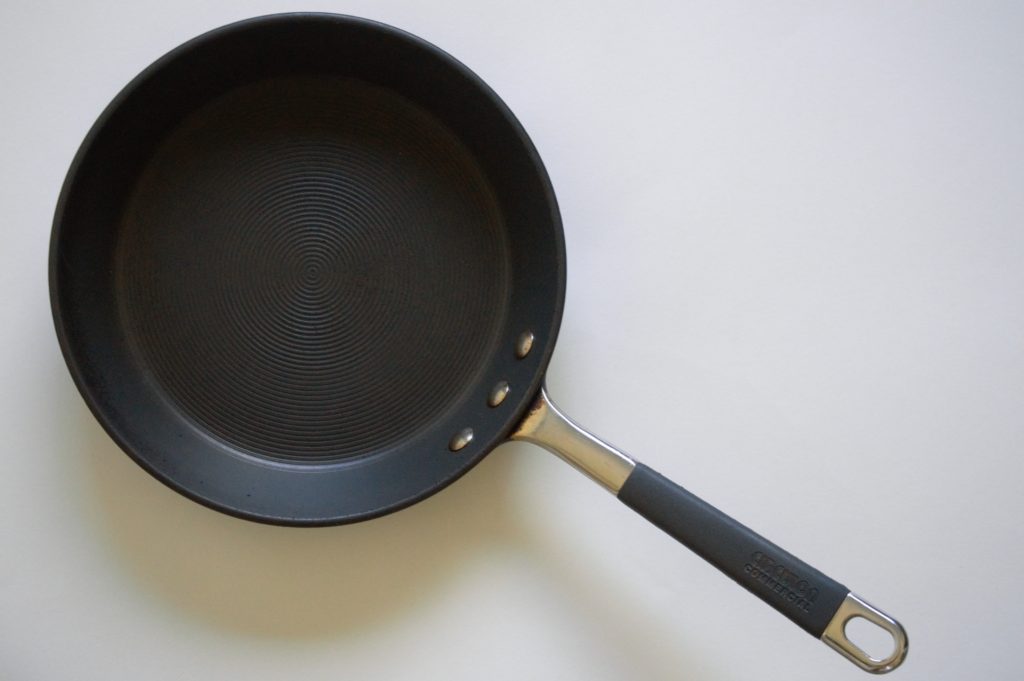
A frying pan, also known as a frypan or skillet is a relatively large flat bottomed pan with short sides that flare up and out at an angle. These flared sides not only help liquid to evaporate from the pan but also make it easier to toss food while cooking. Because of these qualities, a frying pan is best used for frying, searing, browning, and sauteeing foods.
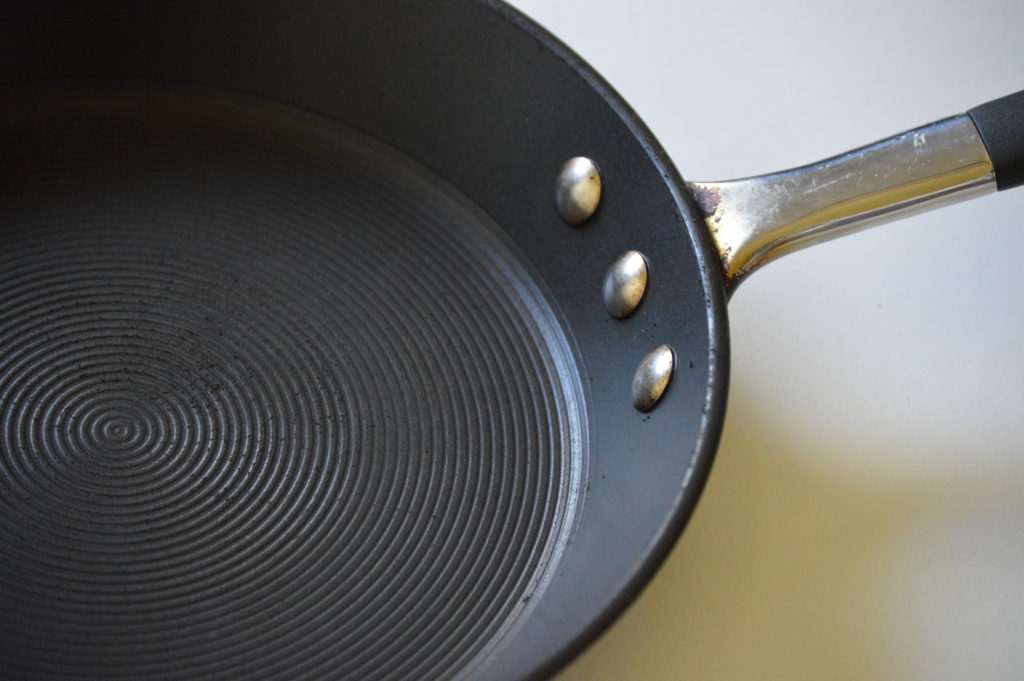
Recommended dishes
Saute Pan
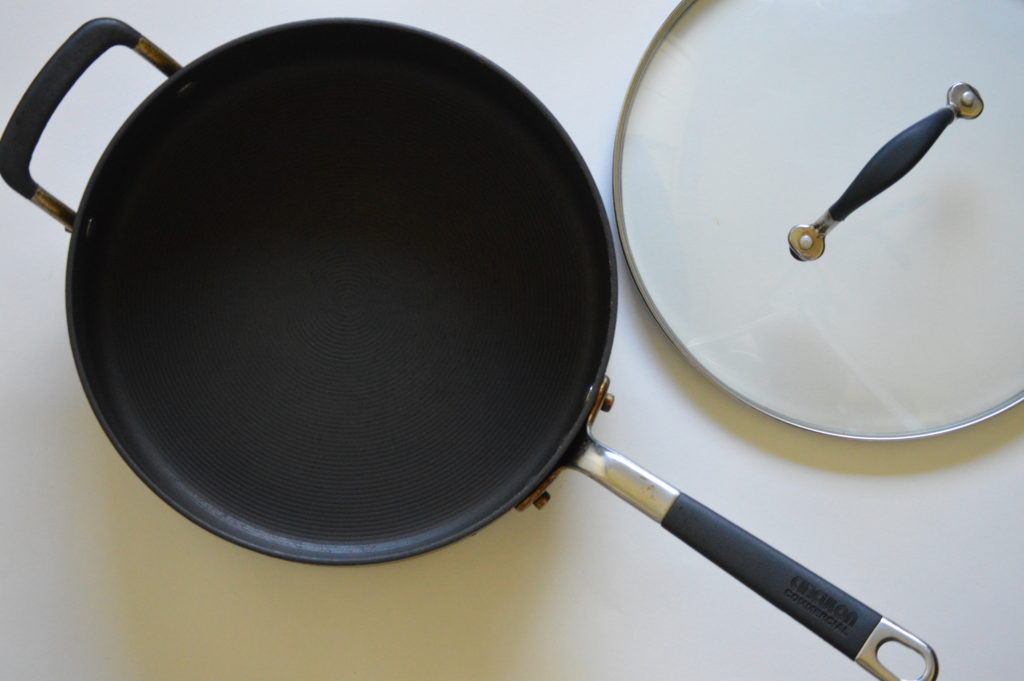
A saute pan is very similar to a frying pan except that it typically has a larger surface area, and its sides run straight up instead of flared out. Another difference between the two is that a saute pan will always include a lid. Ironically the sides of a saute pan make it better for shallow frying, while a frying pan is better suited for sauteeing. Don’t blame me, I didn’t name them.
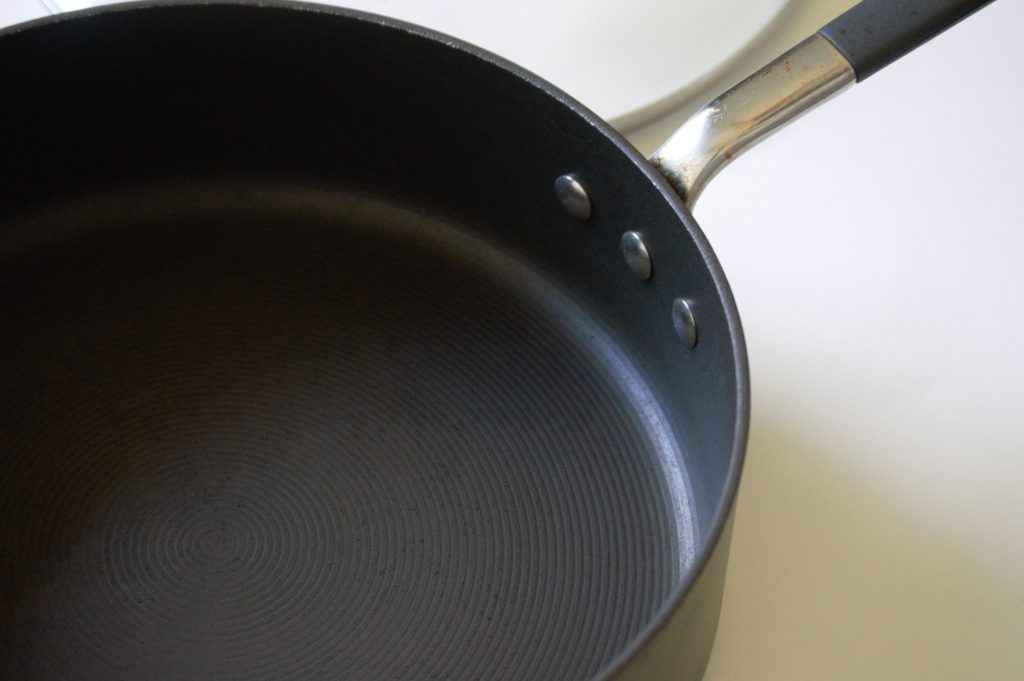
Recommended dishes
- Pan-fried walleye, Shrimp Mozambique, Bangers & Mash, Sausage With Peppers & Onions, Chicken Piccata
***If you want to know more about the difference between frying pans and saute pans then check out this article from serious eats
Saucepan
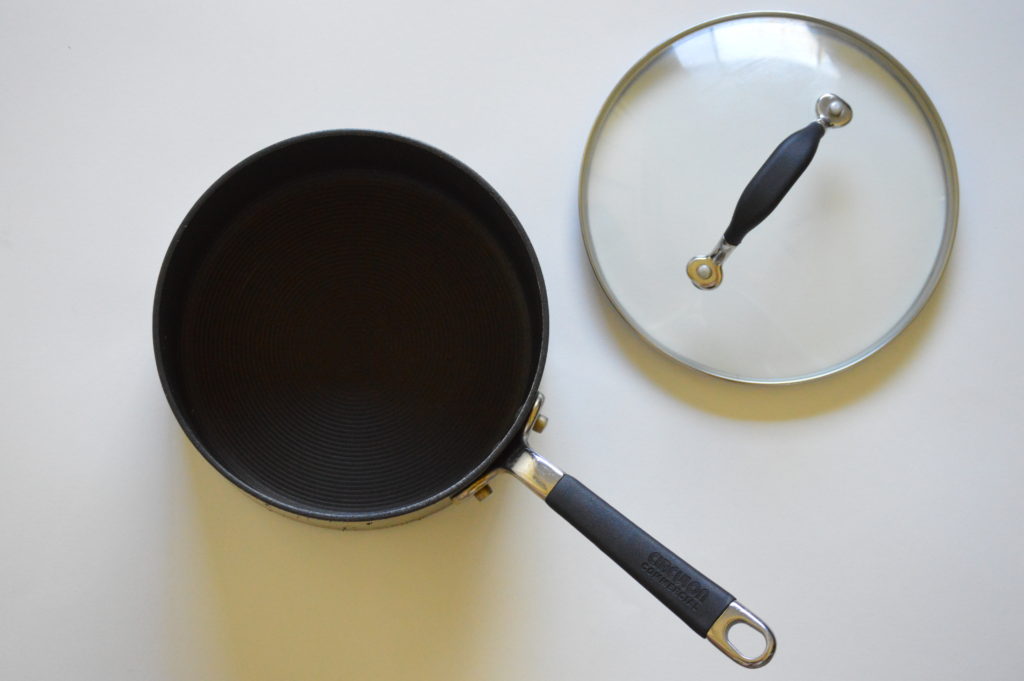
A saucepan has a round flat surface and high straight walls. It is equipped with a relatively long handle and is accompanied by a tight forming lid. They come in various sizes with the smallest ones only capable of holding half a quart of liquid, while the largest are capable of holding 4 quarts. Depending on its size a saucepan can be perfect for either boiling/steaming vegetables or meats, making/reducing sauces, or for cooking pasta.
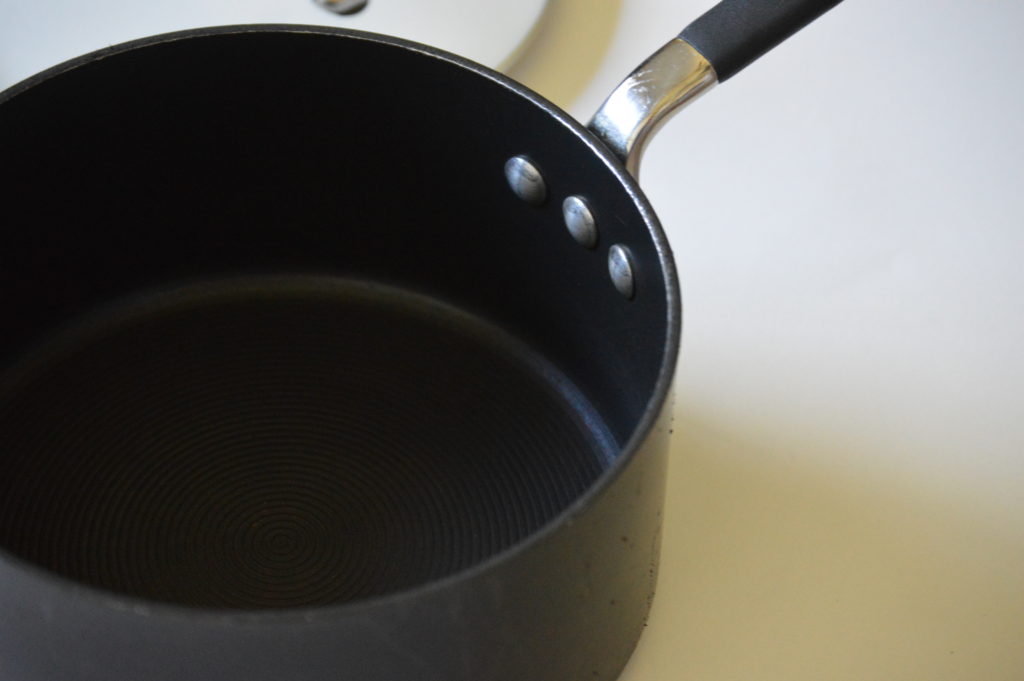
Recommended dishes
Stockpot
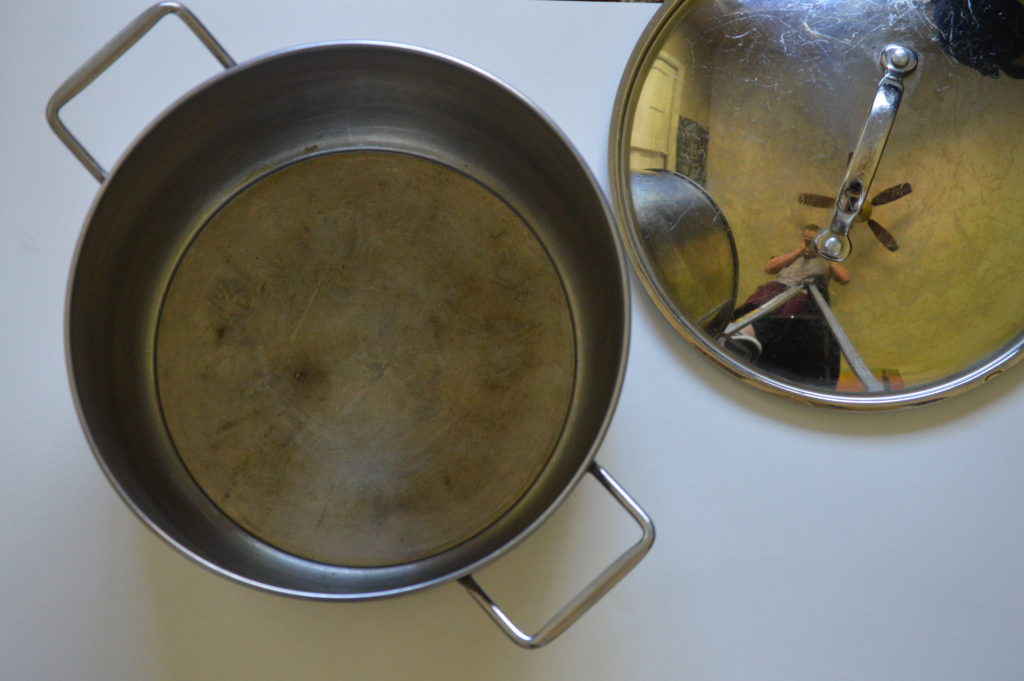
A stockpot is just like a saucepan in that it has a flat round base, with tall straight sides. However, there are two things the differentiate the two. First, a stockpot is considerably larger than a saucepan often being capable of holding up to 12 quarts of liquid. Secondly, a stockpot doesn’t have the single long handle that a saucepan would have and instead has two small handles on each side. These qualities allow stockpots to evaporate liquid at a slower rate thus making them great for making stocks, and boiling large pieces of meat.
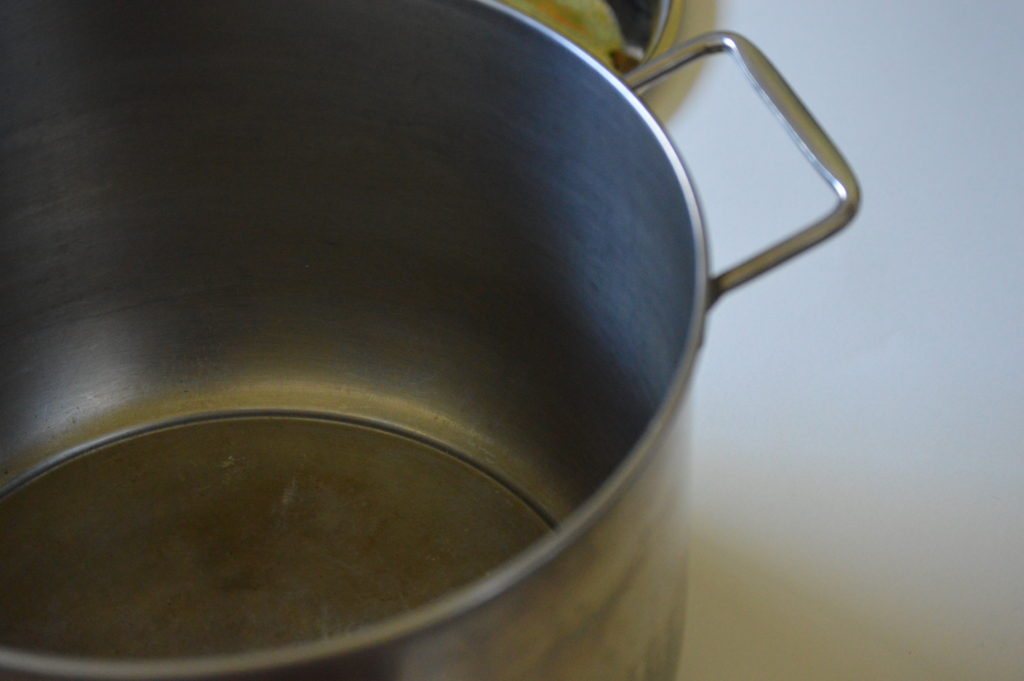
Recommended dished
Roasting Pan
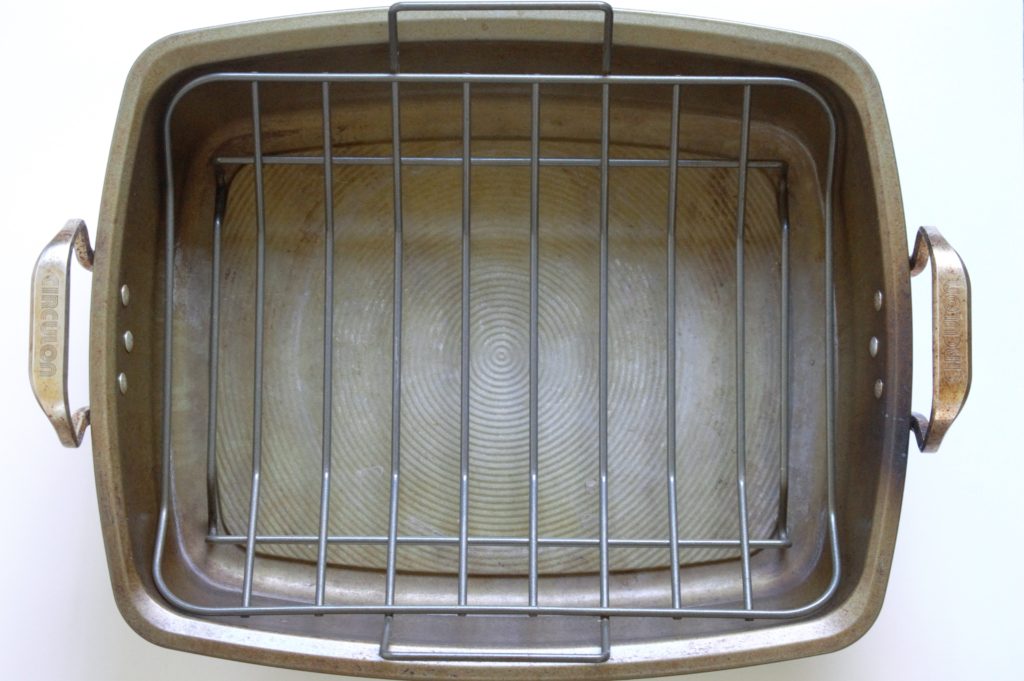
A roasting pan is typically rectangular or ovoid in shape and has short but straight walls. It has two handles on each side and as its name suggests it is perfect for roasting meats in an oven. Often a roasting pan will have a rack that allows you to place the meat above the surface of the pan allowing its juices to drip down and add flavor to any roasting vegetables.
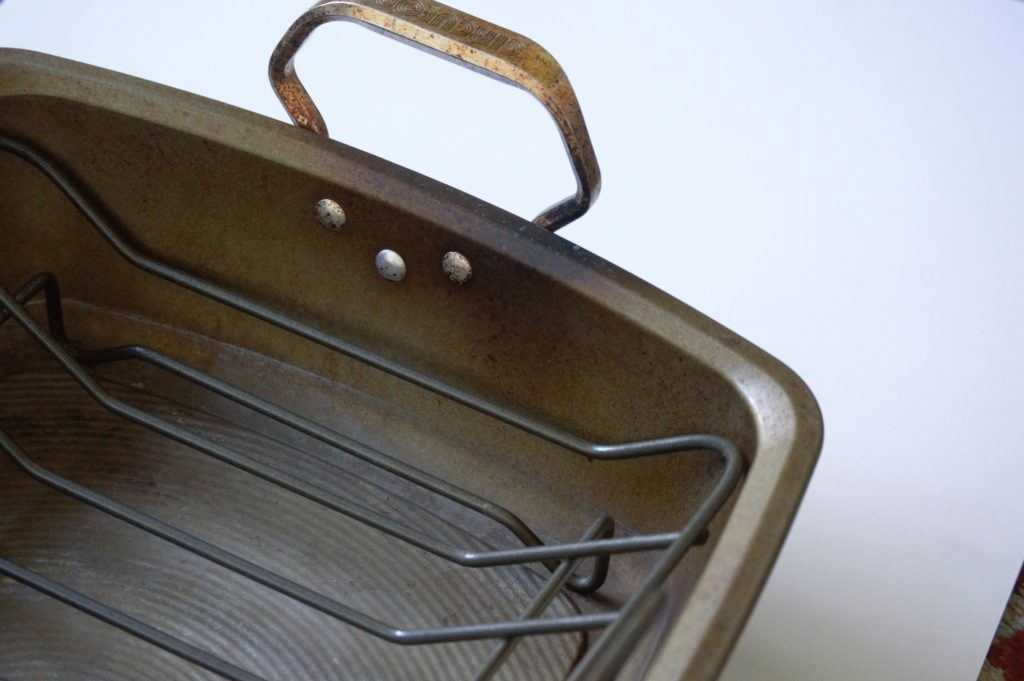
Recommended dishes
Dutch oven
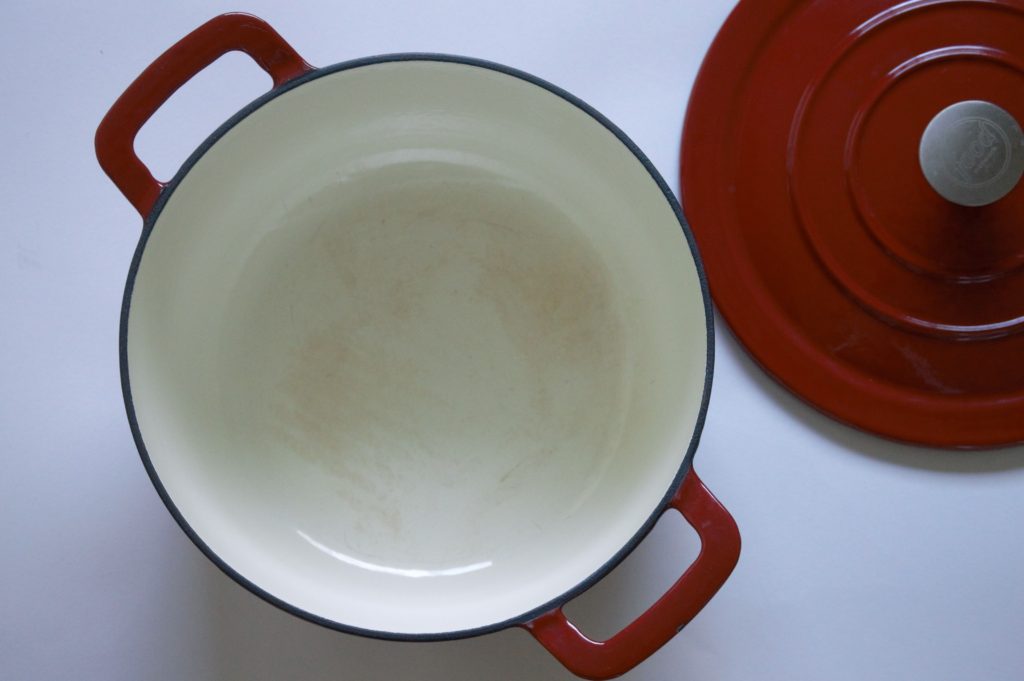
The Dutch oven is every cook’s favorite pot, and for good reason. For starters, it is typically large, capable of holding anywhere from 4 to 8 quarts of liquid. Secondly, unlike all of the other pots & pans we’ve covered, a Dutch oven is always made out of cast iron. This material not only allows a Dutch oven to retain its heat for long periods of time but also makes it more durable to high heat such as what’s typically found in an oven. All of these qualities make Dutch ovens especially well suited for braising meats and making soups/stews.
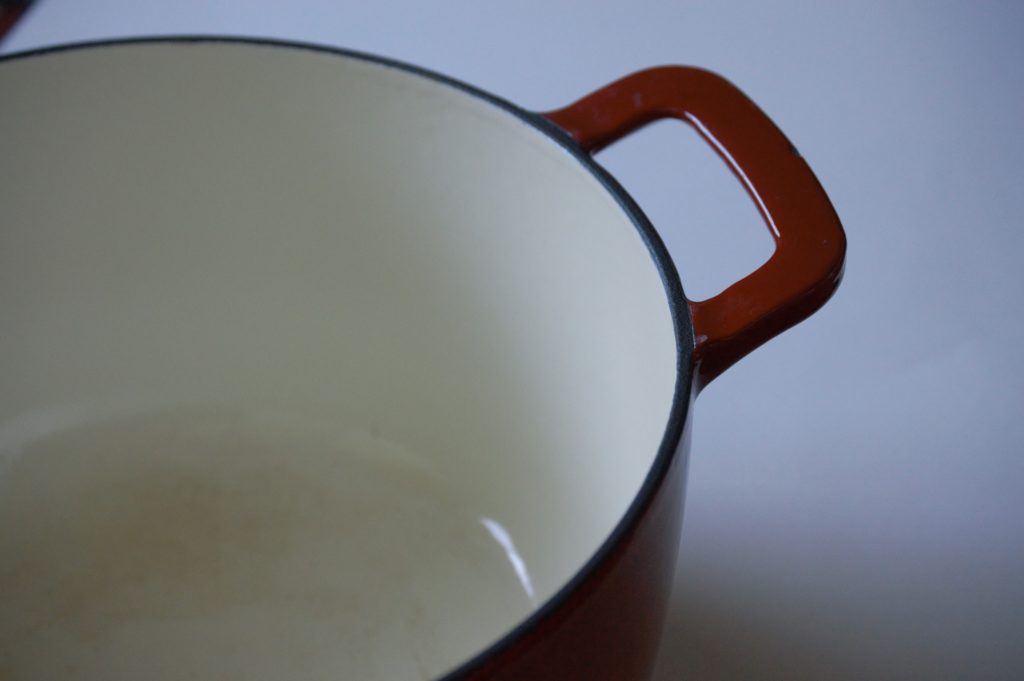
Recommended dishes
Wok
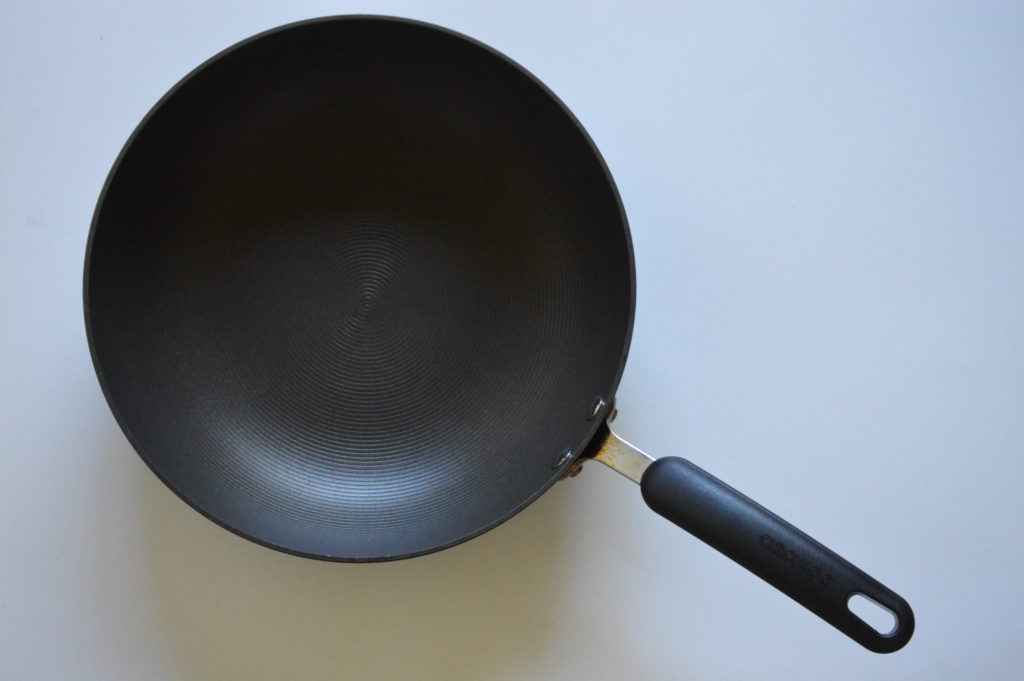
While a wok might not be on everyone’s list of must need cookware it is in my kitchen. The main thing that sets a wok apart from all of the pots and pans is its round bottom which curves at such a slight degree that it seamlessly transforms into the sides. This makes woks perfect for tossing foods and for distributing heat evenly. While I mainly use my wok for stir-fries it is really a versatile piece of cookware capable of performing tasks such as steaming, deep-frying, poaching, stewing, etcetera.

Recommended dishes
<<<Back to Part 1: Anatomy & Materials


